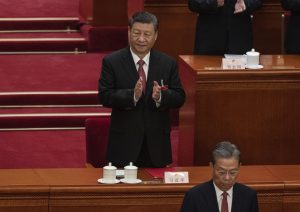Questions about polling accuracy have dominated discussions surrounding this election, often centering on perceived discrepancies between predictions and actual results. Analyzing polling reliability, however, proves far more nuanced than it may seem.
Some polling errors stand out clearly. For instance, respected pollster Ann Selzer reported Kamala Harris leading by three points in Iowa shortly before she lost the state by 13—a miscalculation. Other discrepancies, while less glaring, are inevitable due to the inherent statistical nature of polling, which allows for occasional outliers.

Despite polling errors, many swing-state forecasts performed better than the national average, especially in Senate races
Examples of such deviations include a national poll showing Harris ahead by four points, despite her current deficit of less than two points. In Nevada, two polls diverged sharply, with one favoring Trump by six points and another giving Harris a three-point lead; Trump finally won by three.
Similarly, Pennsylvania polls differed, with Echelon Insights projecting a six-point Trump victory and the Washington Post showing Harris ahead by one. While Echelon predicted the winner, the Post was closer to the final margin.
Academics employ intricate metrics to measure polling accuracy, such as one based on logarithmic odds ratios. While these methods can be highly technical, they underscore the challenges in assessing poll performance. RealClearPolitics (RCP), which aggregates and averages polling data, found its national poll average missed the final margin by just 1.8 points, an impressively narrow gap.
Swing-state polling displayed similar accuracy, with Arizona showing the largest miss at 2.7 points. In fact, four out of seven swing states had polling margins that deviated by only 1.7 points from the actual results, outperforming even the national average. Senate races mirrored this trend, with the polling miss averaging just 1.6 points across seven key contests.
Critics often argue that the swing states’ collective shift toward Trump suggests polling failure. However, election results in such states are interconnected, influenced by shared factors rather than being independent events like coin tosses.
Historically, swing states have overwhelmingly moved in unison, a trend consistent with this year’s outcomes. Despite skepticism, the overall performance of the polls this year highlights their value in gauging the closeness of the race, even if they left some critics unconvinced.























